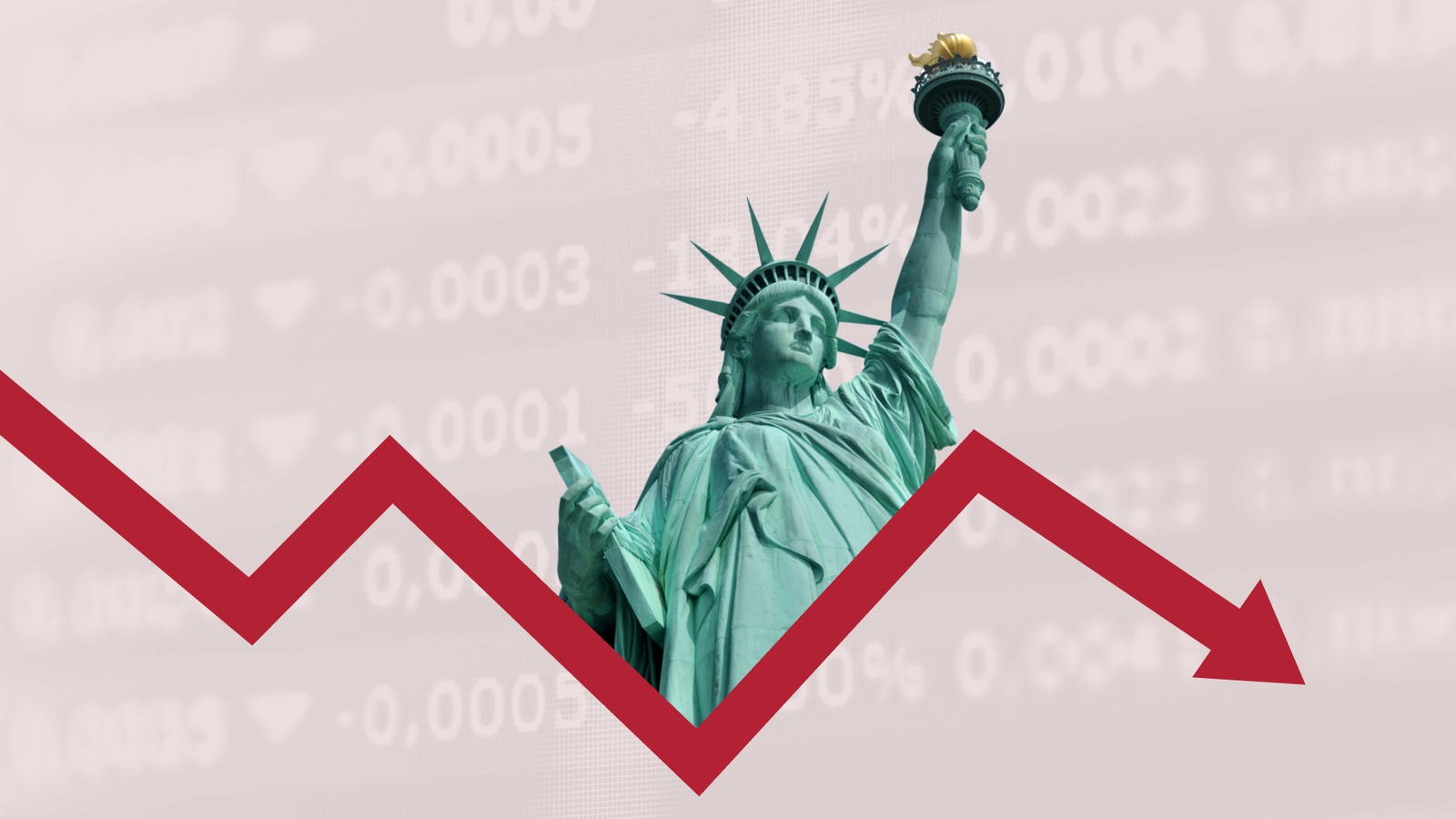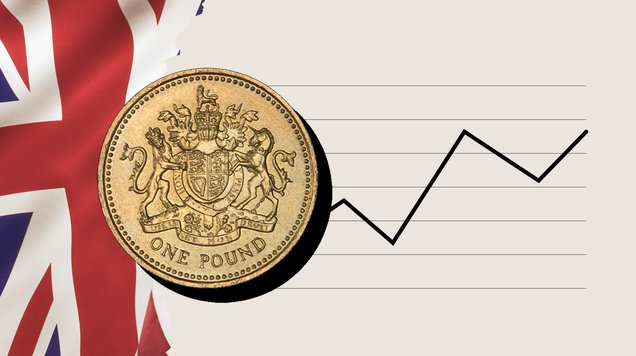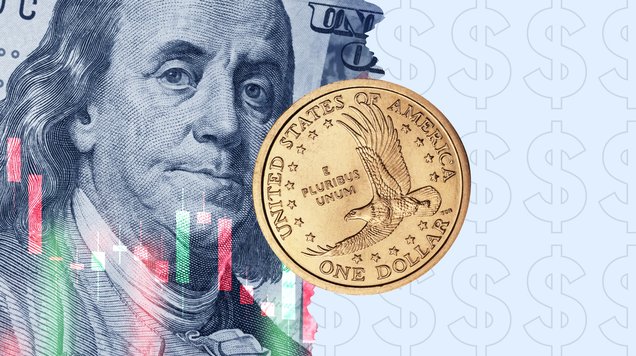Court blocks bid to oust Fed Governor Lisa Cook on eve of rate decision
An appeals court has temporarily blocked the White House from removing Federal Reserve Governor Lisa Cook just hours before the Sept. 16–17 FOMC meeting, clearing the way for her to keep working while her lawsuit proceeds. The ruling lands as Stephen Miran is set to join the Board and markets expect the Fed to begin cutting rates.

Cook remains in her post while litigation continues.
Ruling arrives just before the Fed’s rate vote.
Miran is expected to be seated after Senate confirmation.
Markets lean toward a quarter-point cut.
What the court decided
A divided federal appeals panel in Washington said the administration cannot remove Governor Lisa Cook for now. The court let a lower-court order stand, finding Cook likely did not receive the minimum due process—notice of the allegations and a meaningful chance to respond—before an attempted removal. One judge dissented, arguing any harm wasn’t irreparable because back pay could be restored later.
Bottom line: Cook remains an active Governor and is expected to participate in this week’s meeting unless a higher court intervenes.
Why this matters for the Fed’s independence
The timing is extraordinary. The decision lands within hours of the FOMC gathering to decide whether to cut the policy rate after a nine-month pause. It also arrives amid a broader political push for lower borrowing costs and efforts to reshape the Board. The optics—an active legal fight over a sitting Governor’s status as policy is set—raise fresh questions about the distance between the central bank and the White House.
Miran’s arrival adds a new voice at the table
The Senate has confirmed Stephen Miran to fill a vacant Board seat. If sworn in before the meeting’s conclusion, he can vote and, if logistics allow, submit forecasts for the Summary of Economic Projections. If not, the “dot plot” may reflect fewer than the usual 19 participants this quarter. Either way, his addition modestly shifts the internal balance toward a more dovish, growth-sensitive stance, at least at the margin.
The policy backdrop: Mixed data, strong expectations
Investors overwhelmingly expect a 25 bps cut on Sept. 17, with a smaller probability of 50 bps. The case to ease has strengthened after a run of weaker labor indicators (soft payroll growth, higher claims, sizable downward revisions) even as inflation remains above target (headline near 2.9% y/y, core near 3.1%).
The Fed must balance:
- Employment risks: Four months of sub-par hiring, rising jobless claims.
- Inflation risks: Still sticky services prices; tariff pass-through viewed as mostly one-off.
- Financial conditions: Equities near highs, yields contained, dollar reaction path uncertain.
Five things to watch on “Fed day”
- Who’s in the room: whether Cook participates (now likely) and whether Miran is sworn in in time to vote
- Size of the cut: 25 bps baseline; 50 bps would be a genuine surprise.
- Statement language: any downgrade of “labor market remains solid,” and how inflation risks are framed.
- Dot plot and SEP: number of cuts penciled in for 2025–2026; growth and unemployment revisions.
- Dissents: potential push for a larger cut from doves and “no change” from hawks—dissents on both sides would signal a deeply split committee.
Market implications
- Rates & FX: A standard 25 bps cut likely keeps Treasury yields contained and the dollar range-bound; a 50 bps cut would weaken the dollar and bull-steepen the curve.
- Equities: A cut plus dovish guidance supports risk, but a fractured vote or timid guidance could curb enthusiasm.
- Gold: Benefits from deeper cuts or softer guidance on inflation risks; sensitive to dots showing faster easing.
The court’s decision to keep Lisa Cook in her seat injects legal clarity—at least for this week—into a pivotal policy moment. With Stephen Miran poised to join, the Board’s composition is shifting just as the Fed considers its first rate cut since last December. The decision, the dissents, and the dots will together shape how markets read the Fed’s resolve to support employment without reigniting inflation.









